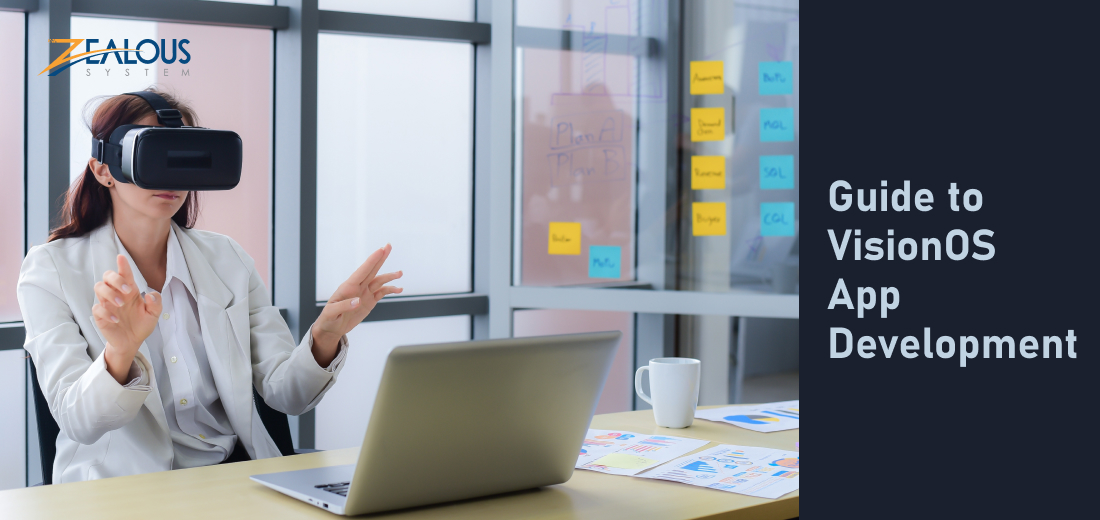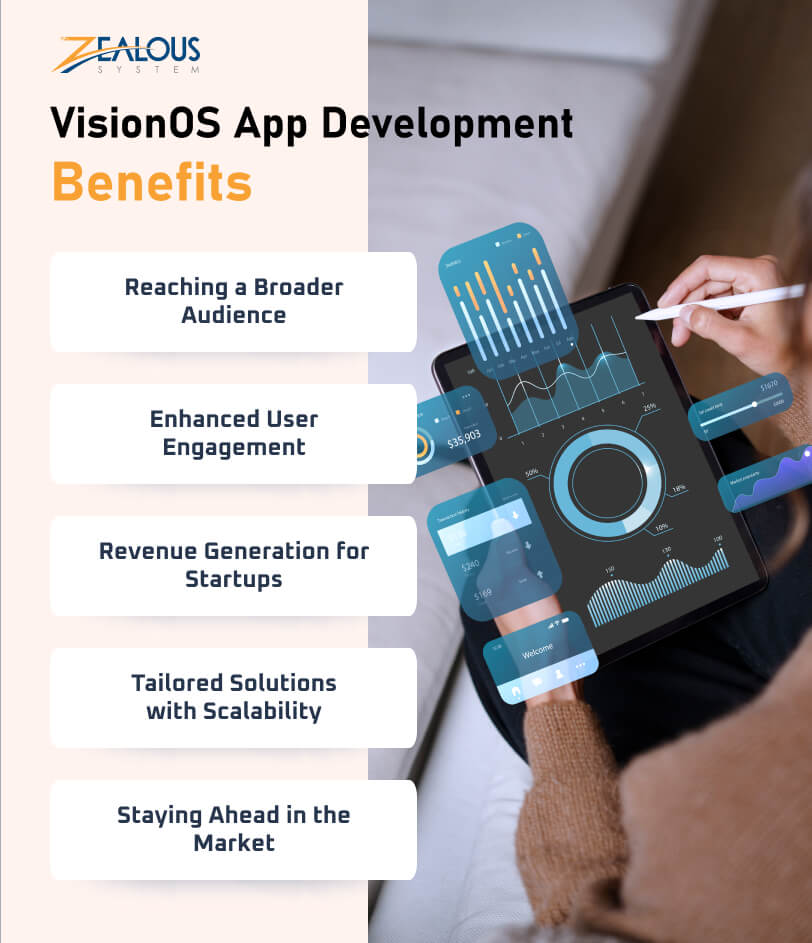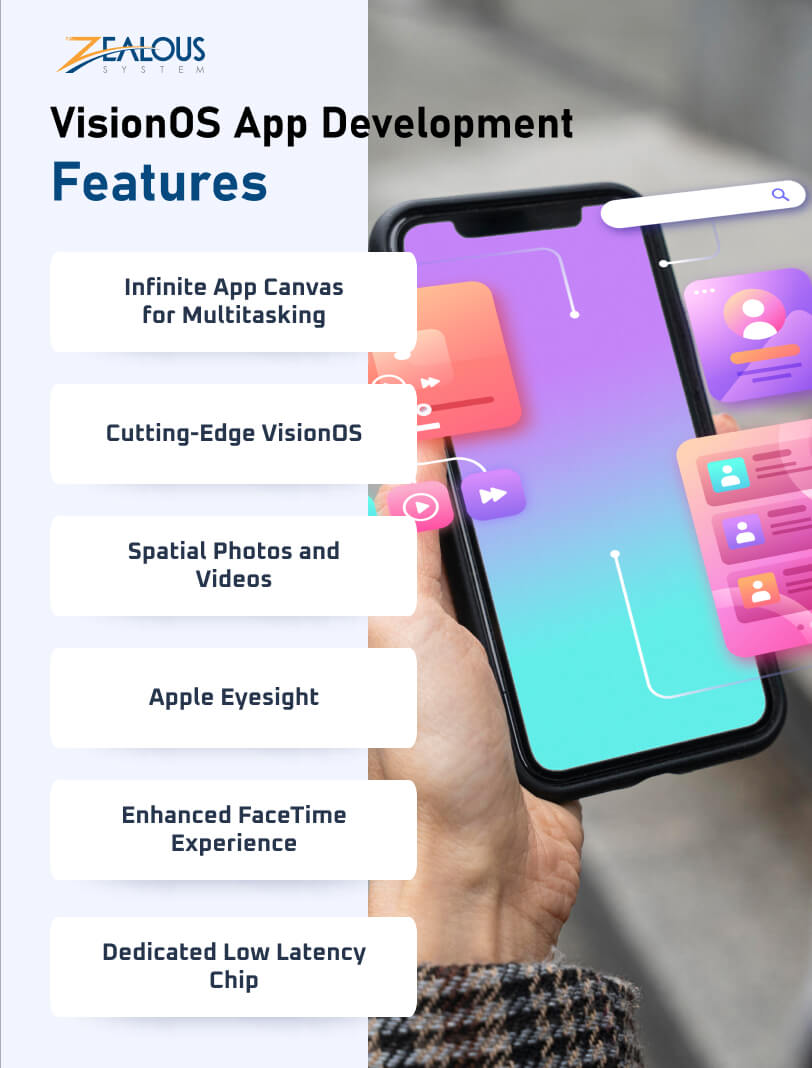
- Company
- Services
- UI/UX Design Services
- Microsoft Dynamics 365
- Mobile App Development
- AI Software Development
- Web App Development
- Generative AI Development
- Digital Product Development
- Enterprise Mobility
- SaaS Application Development
- Application Integration
- White-label WP Maintenance
- ERP Software Solutions
- Software Testing
- Offshore Development Center
- Let’s Connect
- Trending
- Technology
- Industry
- Build Your Team
- Our Work
- Company
- Services
- UI/UX Design Services
- Microsoft Dynamics 365
- Mobile App Development
- AI Software Development
- Web App Development
- Generative AI Development
- Digital Product Development
- Enterprise Mobility
- SaaS Application Development
- Application Integration
- White-label WP Maintenance
- ERP Software Solutions
- Software Testing
- Offshore Development Center
- Let’s Connect
- Trending
- Technology
- Industry
- Build Your Team
- Our Work
We use cookies and similar technologies that are necessary to operate the website. Additional cookies are used to perform analysis of website usage. please read our Privacy Policy
VisionOS App Development: Features, Benefits, Development Process

VisionOS App Development focuses on crafting software for spatial computing environments like Apple’s Vision Pro headsets. Spatial computing immerses users in a digital workspace that blends seamlessly with the physical world, allowing intuitive interactions with digital content, boosting user engagement and productivity.
One of the key features of VisionOS App Development is its utilization of advanced tracking technologies, which enable precise tracking of user movements and gestures within the spatial computing environment. This ensures seamless and accurate interaction with digital elements, further enhancing the user experience.
Building VisionOS Applications that facilitates the coexistence of multiple applications within the same environment, allowing them to float alongside each other effortlessly. This creates a dynamic and fluid workspace where users can seamlessly switch between different applications, enhancing productivity and workflow efficiency.
The market for Augmented Reality (AR) and Virtual Reality (VR) is projected to grow from USD 25.1 billion in 2023 to USD 71.2 billion by 2028, experiencing a Compound Annual Growth Rate (CAGR) of 23.2% over the 2023-2028 period. Specifically, the Virtual Reality segment is anticipated to expand from USD 12.9 billion in 2023 to USD 29.6 billion by 2028, with a CAGR of 18.0% throughout the same timeframe. AR and VR are groundbreaking technologies that are transforming our interactions with both digital and physical way.
What is VisionOS?
At the 2023 World Developers Conference (WDCC), alongside the Apple Vision Pro headset, Apple’s visionOS is a spatial operating system tailored for the company’s AR/VR ecosystem. While sharing core architectural elements with MacOS and iOS, this OS marks a new chapter for Apple.
Utilizing visionOS, the Vision Pro headset offers a groundbreaking three-dimensional user interface, fostering collaboration, productivity, and entertainment on an expansive canvas.
Empowering users with immersive mixed-reality interactions, the interface enables control via hands, eyes, and voice, enhancing responsiveness and engagement.
Apple emphasizes that the operating system liberates apps from traditional display constraints, fostering a truly immersive user experience blending digital content seamlessly with the real world.
VisionOS App Development Benefits
When it comes to VisionOS app development, the advantages are numerous and impactful. Let’s delve into some key VisionOS app development benefits:
Reaching a Broader Audience:
VisionOS-enabled apps offer users captivating experiences that extend beyond the conventional. By embracing this technology, enterprises can tap into broader audiences, explore new markets, and enhance brand visibility, paving the way for growth and success.
Enhanced User Engagement:
AR app development fosters rich and interactive user experiences. In today’s competitive landscape, heightened engagement translates to increased customer satisfaction, strengthened brand loyalty, and improved financial performance.
Revenue Generation for Startups:
VisionOS applications development delivers unique and compelling experiences that attract and retain users. For startups, this translates into heightened conversions, amplified sales, and substantial financial gains, fueling business growth.
Tailored Solutions with Scalability:
The flexibility of AR app development allows for customized user experiences tailored to specific brand identities. Moreover, VisionOS apps boast seamless scalability, effortlessly accommodating evolving user demands, and enabling businesses to adapt and expand as needed.
Staying Ahead in the Market:
By offering customers distinctive viewing experiences, businesses can differentiate themselves from competitors, bolster brand recognition, and establish themselves as industry frontrunners. This positions them for sustained success amidst the ever-evolving market landscape.
VisionOS App Development Features
Experience the full range of possibilities with apps like Notes, Messages, Keynote, Safari, FaceTime, and countless others available on the App Store, all optimized for VisionOS. Delve into the world of VisionOS app development features, where Apple’s platform offers a myriad of functionalities to elevate your digital experiences.
Infinite App Canvas for Multitasking:
Experience seamless multitasking with Vision Pro’s Infinite App Canvas feature. This innovative functionality allows users to launch and organize multiple floating app windows in their spatial environment, enhancing productivity and efficiency. With VisionOS app developers leveraging this feature, users can seamlessly interact with various apps simultaneously.
Cutting-Edge VisionOS:
Apple introduces a revolutionary operating system, VisionOS, designed specifically for spatial computing. This platform offers a host of interactable UI elements, including the innovative 3D layered responsive design. VisionOS app development empowers developers to create immersive experiences that transcend traditional boundaries.
Spatial Photos and Videos:
Capture memories in a whole new dimension with Vision Pro’s spatial photo and video capabilities. Users can instantly record immersive spatial images and videos, complete with Spatial Audio integration, allowing them to revisit experiences in stunning 3D detail. VisionOS application development facilitates the integration of these features into various apps, offering users unparalleled multimedia experiences.
Apple Eyesight:
Stay connected to the real world while immersed in the virtual with Apple’s Eyesight feature. This unique functionality, integrated into the Vision Pro headset, provides users with a translucent view of their surroundings via an external display. VisionOS app developers can leverage this feature to create seamless transitions between virtual and real-world environments in their applications.
Enhanced FaceTime Experience:
Engage with others like never before with Vision Pro’s spatial FaceTime Experience. Participants appear in life-sized video tiles that float around or above active app windows, enhancing multitasking capabilities. VisionOS app development enables developers to incorporate Spatial Audio support into FaceTime, delivering an immersive communication experience.
Dedicated Low Latency Chip:
Powering the Vision Pro is a dedicated low-latency chip, ensuring optimal performance while conserving power. By leveraging the M2 Silicon chip and a new R1 chip, VisionOS app developers can create responsive applications that deliver unparalleled user experiences.
Exploring the Impact: VisionOS App Development and its Feature Enhancements
As Building VisionOS Applications introduces users to a cutting-edge three-dimensional user interface, the immersive mixed-reality environment reduces latency and revolutionizes interactions, empowering users to interact with applications using gestures, gaze, and voice commands.
VisionOS provides a robust and intuitive platform for swiftly developing, integrating, and expanding diverse capabilities, thereby fostering feature enhancements with speed and efficiency.
If you’re looking to elevate your business solutions, VisionOS holds the key. Reach out to a startup app development company specializing in harnessing the unique VisionOS app development features. Here are two common ways you can leverage this technology to enhance your business operations:
- FaceTime pioneers interaction with virtual representations of contacts within a mixed-reality environment. Leveraging the Vision Pro’s 3D camera, Apple enables users to capture and share photos and videos seamlessly.
- Enterprises have the opportunity to develop apps for Apple’s VisionOS operating system. In demos showcasing Apple’s Vision Pro, users engaged with Safari windows and exchanged messages, signaling Apple’s interest in entering the XR market for business solutions.
7 Step by Step Guide to VisionOS App Development Process:
As a leading VisionOS app development service provider, we meticulously orchestrate a well-structured and triumphant development process. Our VisionOS app developers craft top-tier applications that harness the robust capabilities of Apple Vision Pro.
Step 1. Conceptualization and Planning
In the early phase of VisionOS AR app development, the team engages with stakeholders to brainstorm and shape the app’s concept. This entails grasping the app’s goals, audience, and key features. Subsequently, a comprehensive plan is devised, delineating the app’s functionalities and user experience to offer precise guidance throughout the development journey.
Step 2. Design Phase
In the design phase of visionOS app development, designers meticulously craft the UI and UX of the AR application. Their goal is to produce visually appealing and intuitive interfaces that elevate user engagement. Each detail, including AR elements and interactions, is thoughtfully designed to deliver a seamless and immersive experience for users.
Step 3. Development Process
During the development stage, the AR app undergoes coding and implementation. Developers leverage VisionOS technology to integrate AR functionalities and bring the defined features to life. This phase encompasses writing code, constructing the app’s architecture, and ensuring compatibility with VisionOS and other devices.
Step 4. Testing And Debugging
Thorough testing is conducted to identify and rectify any errors or bugs, ensuring the VisionOS software runs smoothly. Various tests including functional, usability, and performance testing are performed to guarantee a stable and reliable app, delivering a superior user experience.
Step 5. Optimize Performance & User Experience
We fine-tune the app’s performance to enhance loading times, optimize resource utilization, and ensure fluid interactions. Our developers refine the interface, responsiveness, and usability to deliver a consistent user experience across all devices.
Step 6. App Feedback
Before submission to the VisionOS Store, we ensure the app complies with Apple’s stringent requirements and quality standards. Reviews and suggestions are carefully evaluated to identify areas for enhancement and prioritize future updates. This iterative feedback loop aims to improve the app’s performance and align it with user expectations.
Step 7. Iterative Enhancement and Ongoing Improvement
The App development team iterates and improves the AR app based on user feedback and insights. This enables the implementation of new features, enhancements, and optimizations to ensure a user-friendly experience. Iterations persist until the desired functionality level and user satisfaction are attained.
Key Use Cases of VisionOS App in Different Domains:
VisionOS app development offers a plethora of remarkable applications across a wide range of industries, leveraging the potential of augmented reality (AR) and virtual reality (VR) to create immersive experiences. From healthcare and education to gaming and real estate, the opportunities for building VisionOS applications are vast and varied.
Gaming
In the gaming sector, VisionOS application development significantly amplifies the gaming experience, providing gamers with lifelike experiences. VisionOS app developers can enhance mobile games with 3D models and AR/VR technologies, elevating the standard of gaming.
Media & Entertainment
The media and entertainment industry has seen a transformation with the advent of AR/VR technologies, and VisionOS app development plays a pivotal role in this change. Companies can offer their customers and viewers mesmerizing 3D experiences, improving user engagement and satisfaction.
Healthcare
VisionOS applications can facilitate medical training simulations, aiding in diagnosis and treatment planning. This utilization of VisionOS app development enhances learning outcomes and elevates the overall quality of healthcare services.
eCommerce
eCommerce benefits immensely from VisionOS app development, enabling AR/VR experiences that allow customers to try products virtually before making a purchase. This innovation in online shopping is made possible through the superior features of VisionOS, enhancing the shopping experience.
Education
Education sector has been revolutionized through the use of AR/VR, and building VisionOS applications further enriches this transformation. VisionOS app developers can create audio-visual content tailored to specific subjects, improving interaction and communication between learners and teachers. This approach makes learning more engaging and memorable.
Automotive
VisionOS app development can enhance the features of smart vehicles, contributing to safety and enabling vehicles to communicate with users and other vehicles more effectively.
Fashion Industry
VisionOS application development opens up new possibilities, allowing luxury brands to explore AR and VR capabilities. Brands can host fashion shows in the metaverse, pushing the boundaries of traditional fashion presentations.
Tourism
VisionOS app developers can create virtual tours of landmarks, historical sites, and cultural attractions, allowing users to explore destinations in augmented reality. This innovation enhances travel planning and offers a preview of the experience before visiting in person.
Conclusion
VisionOS app development represents a transformative leap forward in the realm of spatial computing, offering unparalleled opportunities across various sectors. From gaming and media to healthcare and education, the applications development for VisionOS promises to enhance user engagement, streamline workflows, and open up new avenues for immersive experiences.
As businesses and developers tap into the potential of VisionOS, they not only stay ahead of technological advancements but also pave the way for innovative solutions that transcend traditional boundaries. With its advanced tracking technologies, seamless multitasking capabilities, and application integration of AR/VR, VisionOS is setting a new standard for digital interaction, making it an essential platform for those looking to leverage the future of computing today.
We are here
Our team is always eager to know what you are looking for. Drop them a Hi!
Pranjal Mehta
Pranjal Mehta is the Managing Director of Zealous System, a leading software solutions provider. Having 10+ years of experience and clientele across the globe, he is always curious to stay ahead in the market by inculcating latest technologies and trends in Zealous.
Table of Contents
×



Comments